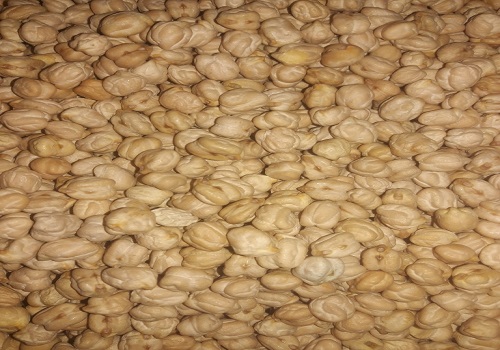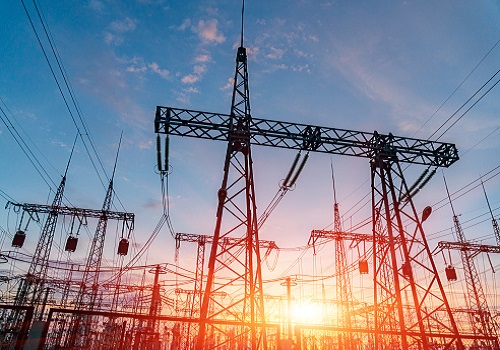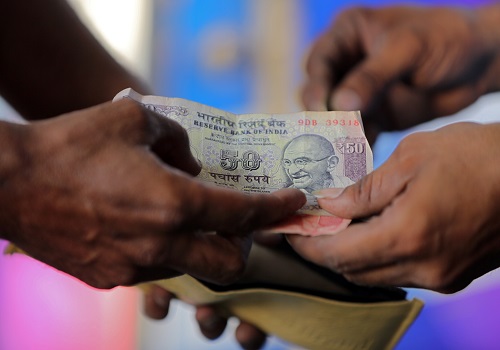The good, bad and ugly of the Rupee hitting an all time low against the Dollar

Follow us Now on Telegram ! Get daily 10 - 12 important updates on Business, Finance and Investment. Join our Telegram Channel
Indian National Rupee (INR) has not been in news for the right reasons so far this year. It has been dragged down by the perfect storm of international pressures and geopolitical headwinds. However, the current situation is a necessary wake-up call to regulators and policymakers to strengthen the currency by making Rupee assets more valuable to foreign investors via effective tax policies, the exporting of higher-value services, and growth-focused economic strategies.
While rising inflation, tightening monetary policy, and climbing crude oil prices have made the current fiscal a difficult one for the INR, the Russia-Ukraine war sparked a near-freefall, with the Rupee having lost nearly 7 per cent in value since Russia's invasion on February 24. Meanwhile, the US Federal Reserve's rate hikes (+150 bps so far in 2022) have also sparked record capital outflows of over $35.6bn from the equity and debt markets between October 2021 and June 2022 ($29.7bn in H12022 alone), making it the longest selling streak in Indian equity markets since liberalisation. All these factors led to the rupee hitting the 80-marktwice in July, with monetary and fiscal attempts to reverse the slide having yielded mixed results so far.
So why did we see the Rupee slide?
First, the Rupee's current crisis was not unexpected.
Given rising inflation and the Relative Purchasing Power Parity Rule, post-pandemic tightening of monetary policy was always anticipated; the pace of the same has only accelerated due to inflationary pressures. This, in turn, has predictably sparked a flight of capital from emerging economies to safe Dollar-denominated assets leading to the depreciation of the Rupee.
Second, while swift currency depreciation is a cause for concern, some sectors will see strong gains.
Export-oriented sectors, such as IT, textiles, and pharmaceuticals, stand to gain from a falling Rupee. However, there are caveats, given that India is a net importing nation with a widening trade deficit that surged to more than $31bn in July (over 3x higher YoY). Therefore, non-export-oriented sectors, such as telecommunications, renewables, FMCG, and automotive, which heavily depend on imported raw materials, largely stand to lose. Add to this the rising global commodity prices and worsening domestic inflation, and one may conclude that the costs of INR depreciation far outweigh the benefits.
At the same time, it may also be interesting to note that while the Rupee is performing poorly vis-a-vis the U.S. Dollar, it has fared relatively well vis-a-vis other currencies YTD, including the Japanese Yen (+9.80 per cent) and Turkish Lira (+26.25 per cent).
Meanwhile, remittances, which were valued at $89.4bn in 2021 and expected to chart an upward trajectory in the near term, stand to be more beneficial for recipients now with a weaker Rupee, especially given that the US is the largest source of these funds.
Three, the Rupee's depreciation presents an opportunity to reform the currency and enhance its global standing.
Dipping into forex reserves may slow the slide, but the current situation warrants long-term solutions that can transform the Rupee into a coveted asset class rather than just another currency. RBI seems to be headed in the right direction. Its announcement last month to allow the Rupee to be used to settle international transactions opens the door for a possible internationalisation of the INR. This may have been evoked mainly to enable India to import cheap Russian oil, but it is the right move.
However, Rupee internationalisation, increasing foreign capital inflows, and making the currency more stable is just a way to make INR assets more attractive, which, given the crossroads, the RBI and Government find themselves at, should be a top priority.
How can we make INR assets more attractive?
First, tax benefits for foreign investors. This could be via proposed capital gains tax waivers for overseas debt investors, which would also help get Indian bonds listed on global bond indices. It could also be via new-age asset classes, such as real estate investment trusts (REITs) and infrastructure investment trusts (InvITs), or via Government-led economic planning, such as the development of GIFT City and the International Financial Service Centre (IFSC) in Gujarat.
Second, exporting higher-value services. Even as manufacturing PMI growth has lost steam, the services sector has become a reliable engine of growth. And within services, sub-sectors from real estate and health to education and hospitality can learn a lot from IT when it comes to exporting higher value services that are both knowledge- and technology-intensive. In this light, developments and policies such as Skill India, Digital India, Startup India, and endeavours to ease the compliance burden in the education sector and boost MSME productivity are welcome steps.
Third, supporting growth-focused and consumer-oriented economics. The full potential of India's demographic dividend and the vast domestic market is yet to be tapped, and doing so is crucial for both fiscal and monetary prudence. After all, the INR crisis will abate eventually. It is already showing signs of easing: FPIs recently turned buyers for the first time in nine months amid a softening Dollar and the Rupee is below 80 again. But whether this momentum will be sustainable depends largely on how quickly and effectively the potential of the domestic consumption market and demographic dividend is tapped.
All in all, given the Fed's consecutive rate hikes and the inflationary environment, a weakened Rupee was a fait accompli. India is making all the right moves by internationalising the Rupee and making INR assets attractive on a global level. Given all the tailwinds the country has working in its favour - economic growth, a vast domestic market, and a young population - regulators and policymakers must ensure that Indian assets remain an attractive destination for global capital on a relative yield basis.












 320-x-100_uti_gold.jpg" alt="Advertisement">
320-x-100_uti_gold.jpg" alt="Advertisement">











